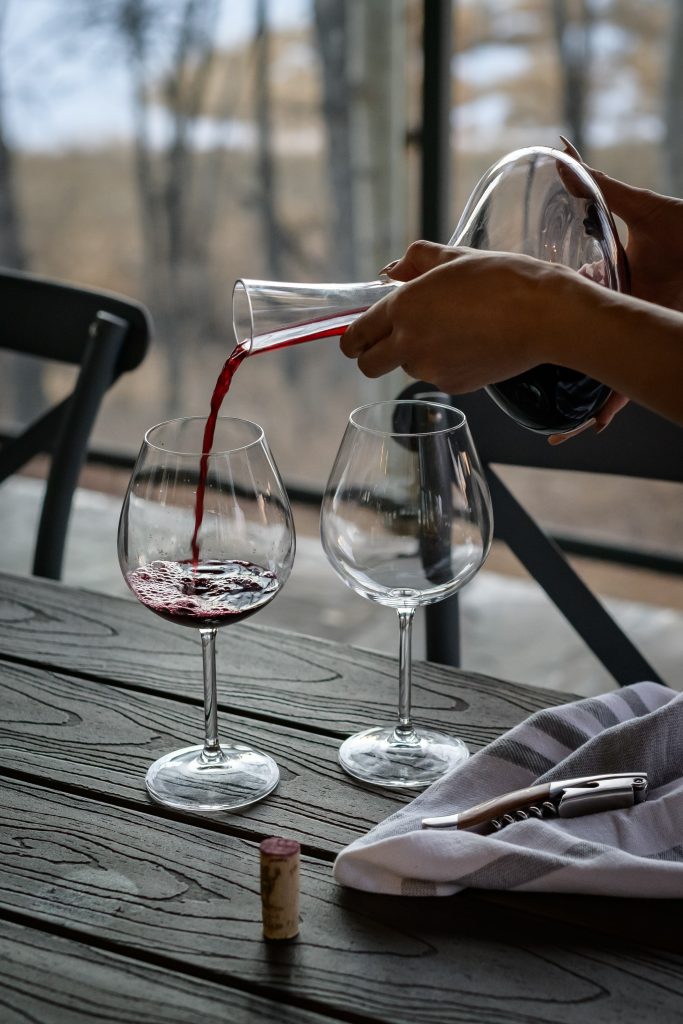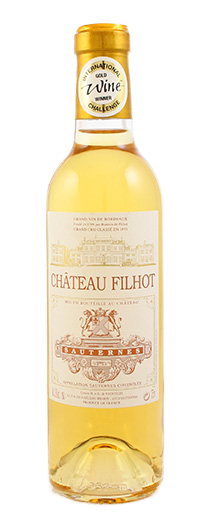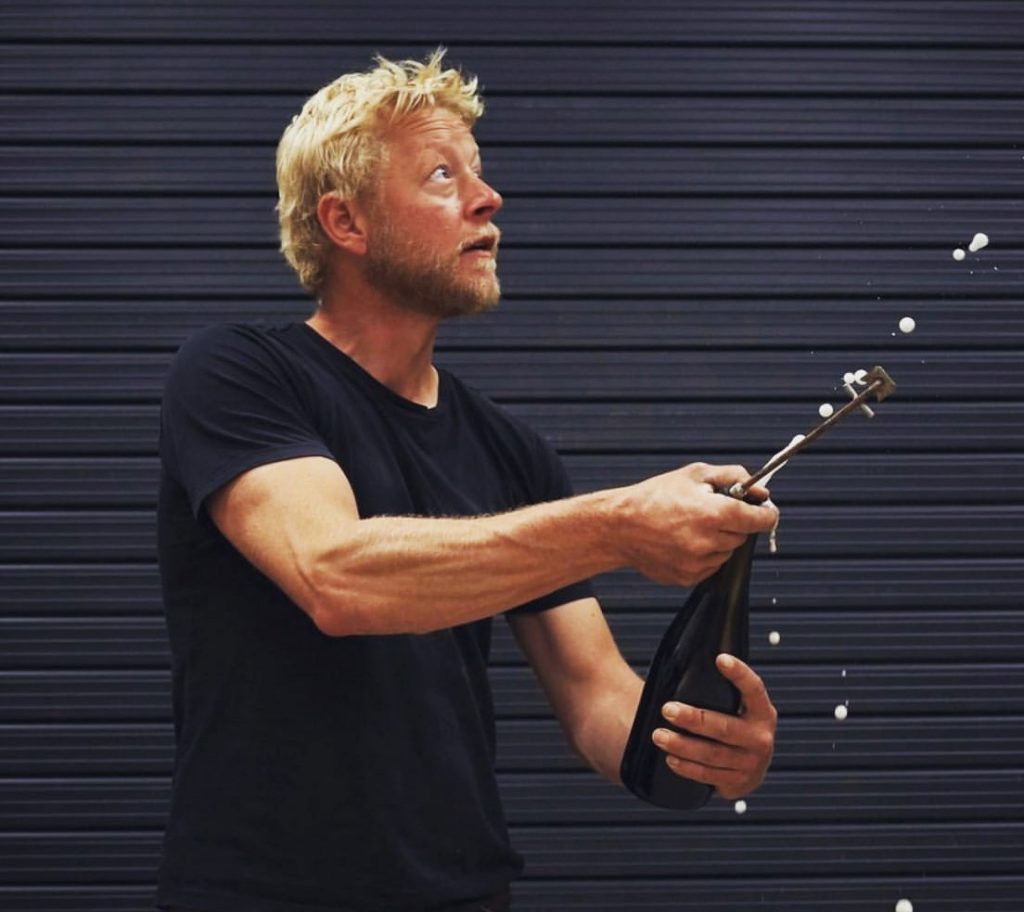Here is a lexicon of definitions of key wine words. The definitions are not intended to be scientifically objective and, in many cases, will be somewhat simplistic. Some will describe the technical side of wine(s), others will examine the more abstract and aesthetic ideas behind wine.
Previously: A’s, B’s and C’s...

Decanting – A Short Essay On. Now to carafing and decanting and whether one should do, or whether they have a material effect on the wine in question.
One has to consider the variables such as how the individual wine is made and what its drinking arc is intended to be. And factor in the temperature of the same wine at the point of service/pouring, the nature and the shape of the glassware and so forth.
As far as I know decanting a wine helps the volatile components to dissolve into the surface of the wine (through evaporation). The tannic structure may change a little (a short exposure to oxygen won’t necessarily soften the tannins in the short term), but the overall effect of aeration seems to bring the wine into greater aromatic focus.
We work with growers who use oxygen a lot in the winemaking. These oxidatively-made wines flourish in the presence of air, they become more expressive and seemingly more stable. They can even be open for five days without preservation and seem to become finer and fresher. I haven’t found a wine scientist who can account for this phenomenon, but I have tasted hundreds of examples (particularly natural and skin contact wines) where this has been the case. Wines that spend a long time in barrel on the lees and are bottled without filtration also seem to benefit from aeration.
These are wines that need to be carafed, served in a big glass, and allow to chambre. They are often moderate to low in acidity, and have a phenolic, textural profile like certain reds. I always put these wines in a decanter, allow them to warm up and observe the changes over a period of a couple of hours. Sometimes, they tighten, retreat into their shell, other times they become more expansive. This leads one to believe that there is no single answer with decanting; the variables in play on each occasion determine the course of action.
I am less concerned with carafing reds except to get rid of reduction when that is a factor.
I associate decanting with older wines to remove them off the sediment. I am never sure with these potentially more fragile wines whether exposing them to air is a great idea they will maderise or oxidise more quickly if exposed to air.
There are further factors to be considered. Sometimes we carafe because of the odours that build up in the ullage between the cork and the wine (sulphide-y notes). There is also the aesthetic element of seeing the wine in the round, so to speak, the appeal of looking at a wholesome shiny wine in a decanter. It seems denser, somehow, more vinous, for the simple fact that you can see more of it. I might even flip the question over – why wouldn’t you decant any wine that has real substance? I happen to believe that every wine worth its salt has its own best temperature and best method of serving on the day. The vast majority of the wines I am drinking at the moment improve immeasurably in the glass (as they would do even more quickly in a decanter) as if (ie not scientifically speaking) exposure to air had brought them into aromatic focus. Living wines can be subtle, playful, shy or stubborn; to coax the best from them you have to find the place where they are happiest. Not that science text books would ever allow for this kind of anthropomorphic representation of the process of decanting.
Decay. Most wines are said to have a “drinking arc.” Over a period of time one will notice where the wine is in the development curve, from being a baby (often closed), youthful, reaching a peak, on the plateau, and then undergoing the process of gradual decay. It is not axiomatic – some bottles are different (perhaps more oxygen has penetrated the bottle) and different wines behave in different ways, according to how they were made, the quality of fruit, the closure used and so forth. Some wines are deceptive; they present a strongly oxidative quality at first and then on extended exposure to air they seem to firm up. The aromas of decay can be attractive such as mushroom and truffle, damp earth and forest floor, the colours less so and the taste – well, chacun… The traditional English palate used to admire the secondary and tertiary aromas and flavours of old wine, as if venerability was a kind of classic wine wisdom.
Debourbage. The clarification of the must before fermentation to eliminate lees, tartrates, pectins and other insoluble compounds. This process may include refrigeration, pasteurisation, use of enzymes and fining agents.
Dessert Wine. To be a nit-picker, a dessert wine does not have to be a sweet wine per se, although wine lists will invariably conflate the two ideas. Technically, a dessert wine may be viewed as something that we would drink at the end of a meal with a dessert. Or occasionally in place of a dessert. It is assumed therefore that the wine in question will contain a certain amount of residual sugar and taste perceptibly sweet. However, if the wine is to accompany sweet dishes or desserts (rather than functioning in loco dessert) then the notion of pairing takes on a subtler hue. Red wines, for example, are often the best match for dark chocolate, conversely, sweet wines may be paired with starters (for example, a Sauternes or Jurançon with a terrine, an off dry Vouvray with a goat’s cheese salad) and with mains course (Riesling Spätlese with goose). Desserts often being made with dairy, cream or milk and lots of sugar often confound any attempts at matching with wine of equivalent sweetness, the overall effect being cloying.

Diamonds, Wine. Tartaric crystals form as a result of a cold stabilization process, wherein the wine is normally chilled before bottling so that these crystals fall out of solution and can be separated from the wine. The more naturally-inclined producers believe that cold stabilization influences a wine’s balance and taste: as some winemakers put it, the wine is actually being stripped, as the rapid cooling changes the its colloidal structure. They would argue that the natural acidity of the wine helps to build the crystals. Furthermore, the longer the period the wine is allowed to naturally ferment, the less likely wine diamonds will fall out during fermentation, and the more they will instead build up later in the bottle. The presence of the crystals normally means the wine has more structure and roundness (the tartaric acid dropping out in the form of these crystals). Lastly, and not least, one person’s cloudy impediment is another’s aesthetic delight.
Disgorge/Disgorgement. The purpose of disgorgement is to eliminate the deposit that has collected in the neck of the bottle as a result of the remuage (riddling) process. Disgorgement is a critical point in the life of a methode champenoise wine, “the grand finale after many months and sometimes years of peaceful maturation on lees.” The neck of the bottle is plunged into a refrigerating solution at – 27°C. The sediment (in the form of a frozen plug) is then ejected under pressure when the bottle is opened, with minimum loss of wine and pressure. Disgorgement triggers a short, sharp intake of oxygen, which together with dosage (see below) will have a significant impact on aroma development. Certain cuvees are still disgorged by hand (‘à la volée’), holding the bottle upside down, opening it and then quickly tilting it back upwards so that only enough wine is forced out to take the sediment with it. This traditional technique is still used today for very small or large bottles and very old vintages. After disgorgement the wine may be topped up with a liqueur de dosage or with still wine.

DOC/DOCG. See also appellation. Once a controlled guarantee of origin and quality, now much diminished by the bureaucratic tendency to standardise. This homogenisation often results in the exclusion (and even victimisation) of the very farmers and producers who seek to defend traditional practices and autochthonous grapes and whose wines reflect the very nature of the place they come from.
Dosage. ‘Dosage’ is the last step before final corking when making traditional method sparkling wines. It involves the addition of a small quantity of ‘liqueur de dosage’ to the wine – also known as the ‘liqueur d’expédition’.
The quantity added varies according to the style of Champagne:
- extra brut0-6 grams of sugar per litre
- brut less than 12 grams of sugar per litre
- extra dry12-17 grams of sugar per litre
- sec17-32 grams of sugar per litre
- demi-sec 32-50 grams of sugar per litre
- douxmore than 50 grams of sugar per litre
“Brut nature“, “pas dosé” or “dosage zéro” contains zero dosage and less than 3 grams of sugar per litre
The role of dosage in the wine’s sensory development varies according to the style of Champagne. If the winemaker is happy with the wine as it stands, the liqueur de dosage will consist of a mixture of sugar and the same wine as the bottle holds. Alternatively, if a final additional touch of aroma is thought desirable, the liqueur de dosage may be made with a reserve wine – great Champagne wines set aside for long aging in casks, barrels or even magnums. These add an extra dimension to the winemaker’s repertory of flavours, creating a palette of flavours from which to choose the perfect finishing touch. However, the perception of dosage in the final wine, can be the champagne’s greatest failing. Tasting a sweet-sour finish, where in the dosage fails to counteract the green character of the acidity, and if anything serves to highlight it, can be an unpleasant experience. The art of dosage is certainly in the skill of the overall blend and ensuring that the wine is not released until the elements within have harmoniously combined.
Dry. Referring to a wine as “dry” is one of the first descriptors most of us learn as a way to talk about wine, but it’s also one of the words that gets most misused by wine drinkers, as it is normally applied in a perceptual sense. A dry wine, technically speaking, is simply a wine that has no residual sugar. When grape juice converts to wine, alcohol is produced in the fermentation process because yeast eats the sugar present in the juice. In many wines, the winemaker stops the fermentation process before the yeast has time to eat all the sugar, leaving the wine a touch sweet. Whatever sugar is left behind is called residual sugar and measured in grams/litre. To make a dry wine, the winemaker will instead let the fermentation process finish completely, allowing the yeast to consume all the sugar present. Occasionally, the yeasts are not strong enough or there is too much sugar in the juice and the fermentation will stop, leaving some residual sugar. The sense of dry used in tasting is for wines that dry out the mouth. A wine that has tannins may give the impression of being dry; so may a wine with pronounced acidity. Some people use the word to distinguish between fruity or aromatic wines and those that are crisp and reserved. Chablis is a quintessentially dry wine, for example.
Dumb. Backward, mute, reserved, shy are other words used as synonyms for dumb wines. Describes a wine that is not aromatically forthcoming, not “telling its story.” This can be due to the fact that the wine is too cold (tempering its aromatics) or suffering from bottle shock (q.v.) or because the atmospheric conditions are not conducive to tasting, and a whole other raft of reasons.
Tagged as: unalternative wine glossary

